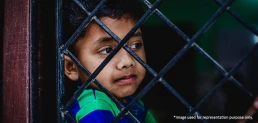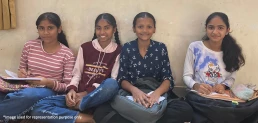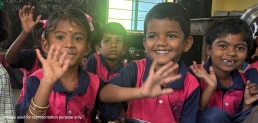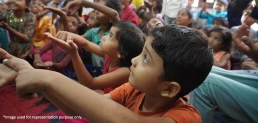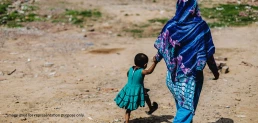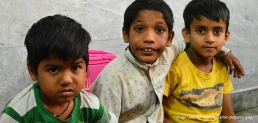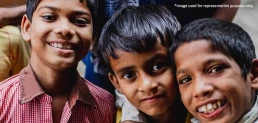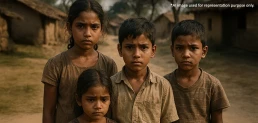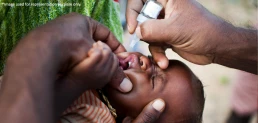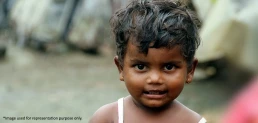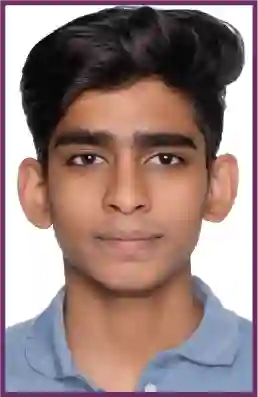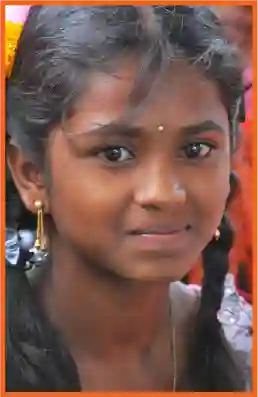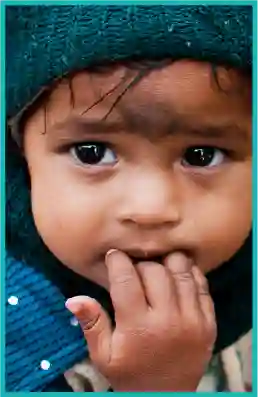Forced child marriage is still practiced, and millions of children are the victims of this practice, especially in rural areas of India and in a number of regions all over the world. Despite global and national commitments to end this evil practice, child and forced marriage is still very common, sometimes under cultural beliefs, poverty, or sheer ignorance by individuals. The problem is way deeper and is not only against basic human rights but also leaves a long-lasting scar on the future of a child.
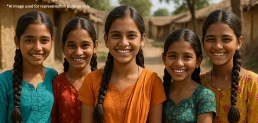

Education is considered the best weapon to eliminate poverty and the preset of achievement among the children. Nevertheless, forced marriage rudely cuts the education process of a child. When children are married before they are physically, emotionally, or mentally ready, they are typically withdrawn from school. They are pushed to engage in adult tasks, and those responsibilities prevent them from completing their studies or dreaming about a different future. This is more so with children in impoverished societies, where marrying could be perceived as a means to alleviate poverty or guarantee a child a livelihood.
This blog explores the critical connection between child marriage, forced marriage, and the destruction of the education of children. It explores the psycho-social and economic effects of early marriage on school attendance and classroom learning, as well as identifies the structural reasons that enable this to happen.
Also Read: Causes of Gender Inequality
Most importantly, it highlights how CRY America supports interventions aligned with India’s legal framework to protect children’s rights and keep them in school.
Understanding the consequences of child forced marriage is key to mobilizing action. Through education, law enforcement, awareness, and community support, change is not only possible, it is urgent.
Understanding Forced Child Marriage
What is Forced Child Marriage?
- A union where one or both parties are under 18.
- Consent is absent or coerced through pressure or threats.
- Often blends early and forced marriage, violating the Prohibition of Child Marriage Act, 2006
Also Read: Safeguarding India’s Future by Ending Child Marriage
Difference Between Child Marriage and Forced Marriage
| Feature | Child Marriage | Forced Marriage |
| Age | Under 18 | Any age with coercion |
| Consent | Often limited or uninformed | Coerced through pressure |
| Legal context | Prohibited by law in India | Illegal when consent is absent |
| Overlap | Frequently, both underage and forced | Can also apply to older children |
How Forced Marriage Impacts Education
School Dropout Rates Among Married Children
- Nearly 80% of child brides drop out.
- Once married, attending school becomes nearly impossible.
- Education investment wasted, community progress undermined.
Psychological and Emotional Toll on Young Brides
- Early marriage brings anxiety, depression, and loss of childhood.
- Isolation from peers and increased risk of domestic violence.
- Emotional distress diminishes learning capacity, harming potential.
Also Read: How Education Can Break The Cycle Of Child Marriage
Root Causes Behind Child and Forced Marriage
Poverty and Lack of Jobs
- Families marry off children early to relieve economic stress.
- Poor rural areas record 27% child marriage prevalence, compared to 15% in urban areas.
- Lack of job prospects reinforces the cycle of poverty and early marriage.
Traditions and Gender Inequality
- Cultural norms see marriage as protection
- Girls from poorer or rural households marry early.
- Gender roles prioritize domestic status over schooling, limiting aspirations.
Weak Laws and Low Awareness
- The Prohibition of Child Marriage Act (2006) sets minimum ages of 18 (girls) and 21 (boys).
- However, enforcement gaps remain: ~3 girls are forced into child marriage every minute. Awareness is low; legal provisions are not widely known or practiced.
CRY America’s Fight Against Child Marriage with Education
CRY America supports evidence-based interventions aligned with government efforts to address forced marriage and promote education:
School retention efforts
- Scholarships and midday meals under PM POSHAN help keep children in school.
- Vocational training and bridge classes prevent dropout.
Community awareness and rights education
- Workshops in rural areas highlight the legal age of marriage and academic benefits.
- Engaging community leaders to challenge norms that justify early marriage.
Legal support and advocacy
- Facilitation of marriage annulment under the Prohibition of Child Marriage Act.
- Collaboration with local authorities to enforce age verification and penalize violations.
Economic empowerment programs
- Conditional cash incentives like Kanyashree (West Bengal) and Apni Beti Apna Dhan (Haryana) encourage schooling and delay marriage.
- Small grants for families to offset educational costs for girls.
Also Read: Child marriage: Achievements, gaps and challenges
Why Support Makes a Difference
- It empowers children to remain in school and build brighter futures.
- Investing in education helps break cycles of poverty and forced child marriage.
To help end forced child marriage and keep children in school, donate to CRY America and support brighter futures.
FAQs
What is considered a forced child marriage?
A forced child marriage occurs when one or both individuals are below the age of 18 and do not give full, free, and informed consent to the union. This may happen due to pressure, threats, deception, or socio-cultural obligations. In India, such marriages violate the Prohibition of Child Marriage Act, 2006. The practice often leads to school dropouts, health risks, and emotional harm, denying children their fundamental rights to protection, education, and development.
What laws exist in India to prevent child and forced marriage?
India’s Prohibition of Child Marriage Act (PCMA), 2006, sets the legal minimum age for marriage at 18 for girls and 21 for boys. It empowers district authorities to prevent child marriages, declare them voidable, and prosecute those responsible. Under this law, forced child marriage is a punishable offense, and victims can seek annulment. Additional safeguards under the Protection of Children from Sexual Offences (POCSO) Act, 2012, also criminalize sexual activity involving minors, reinforcing child protection.
How can communities be educated to prevent early marriages?
Community education requires targeted awareness campaigns involving parents, teachers, health workers, and local leaders. Strategies include promoting legal literacy about marriage age, highlighting the benefits of girls’ and boys’ education, and using local platforms like panchayats and Anganwadi centers to change attitudes. School retention programs, adolescent health programs, and behavior change initiatives under Beti Bachao Beti Padhao and POSHAN Abhiyaan help challenge the norms that drive early marriage, creating informed and supportive communities for children.
What role can individuals and donors play in ending child marriage?
Individuals can report suspected cases, support children’s continued education, and raise awareness about legal rights and health impacts. Donors play a crucial role by funding education initiatives, legal aid programs, and community outreach efforts that prevent forced child marriage. Supporting organizations aligned with government programs like PM POSHAN, ICDS, or Kanyashree ensures that funds contribute to long-term solutions. Every action, big or small, helps children remain in school and live free from early, forced marriage.
Recommended for you











